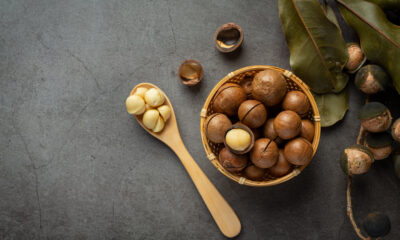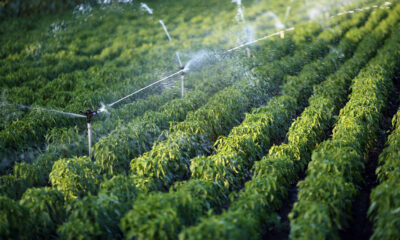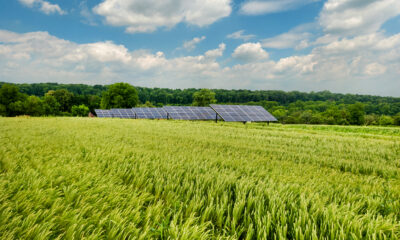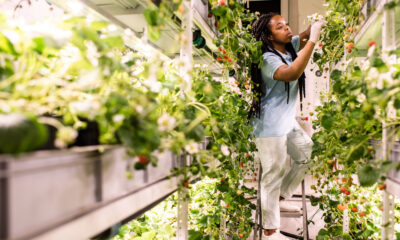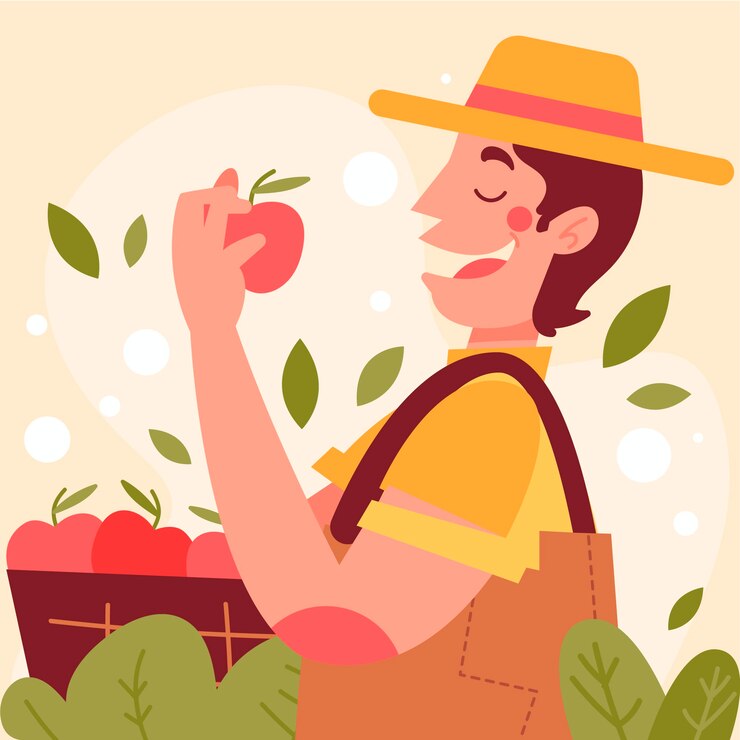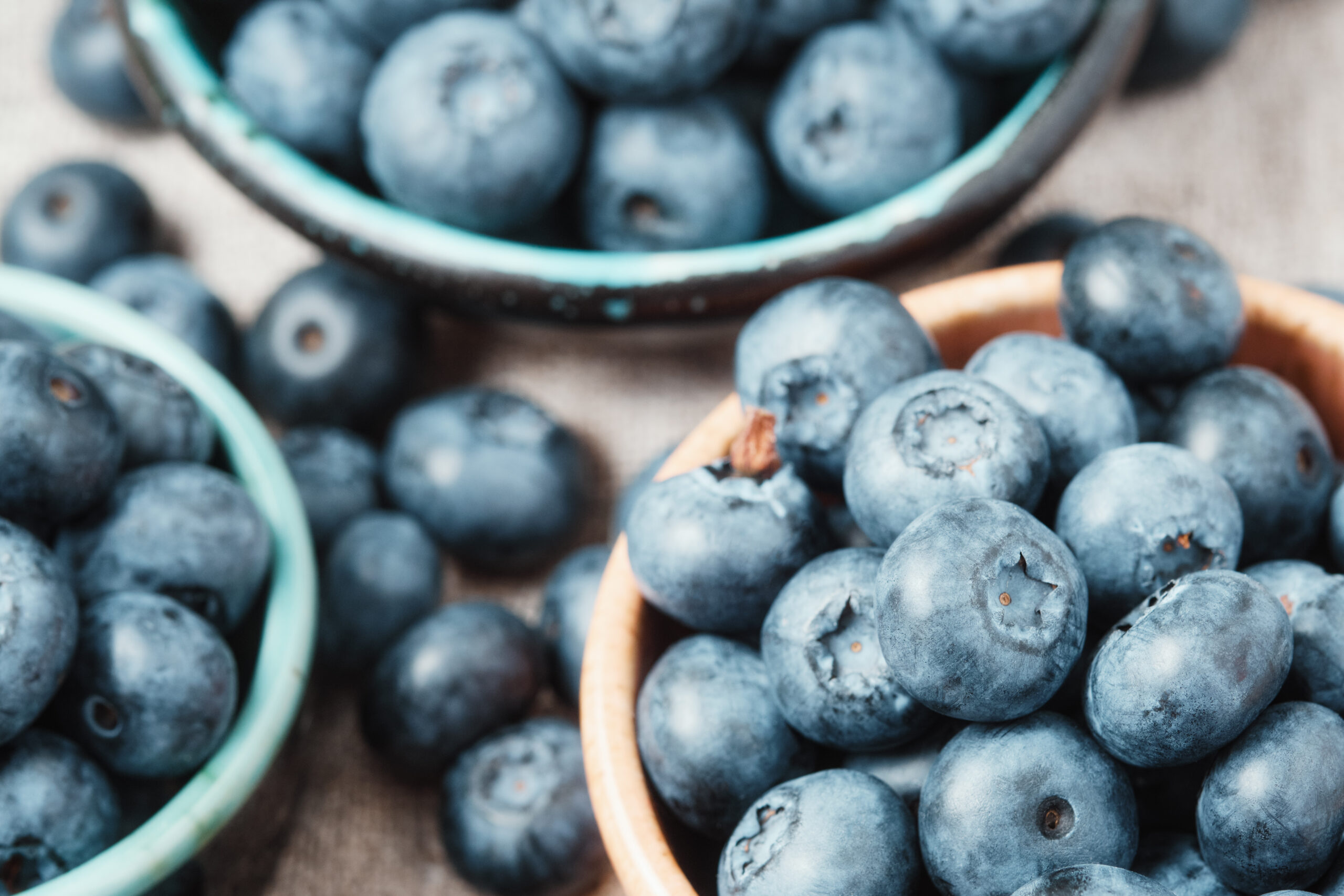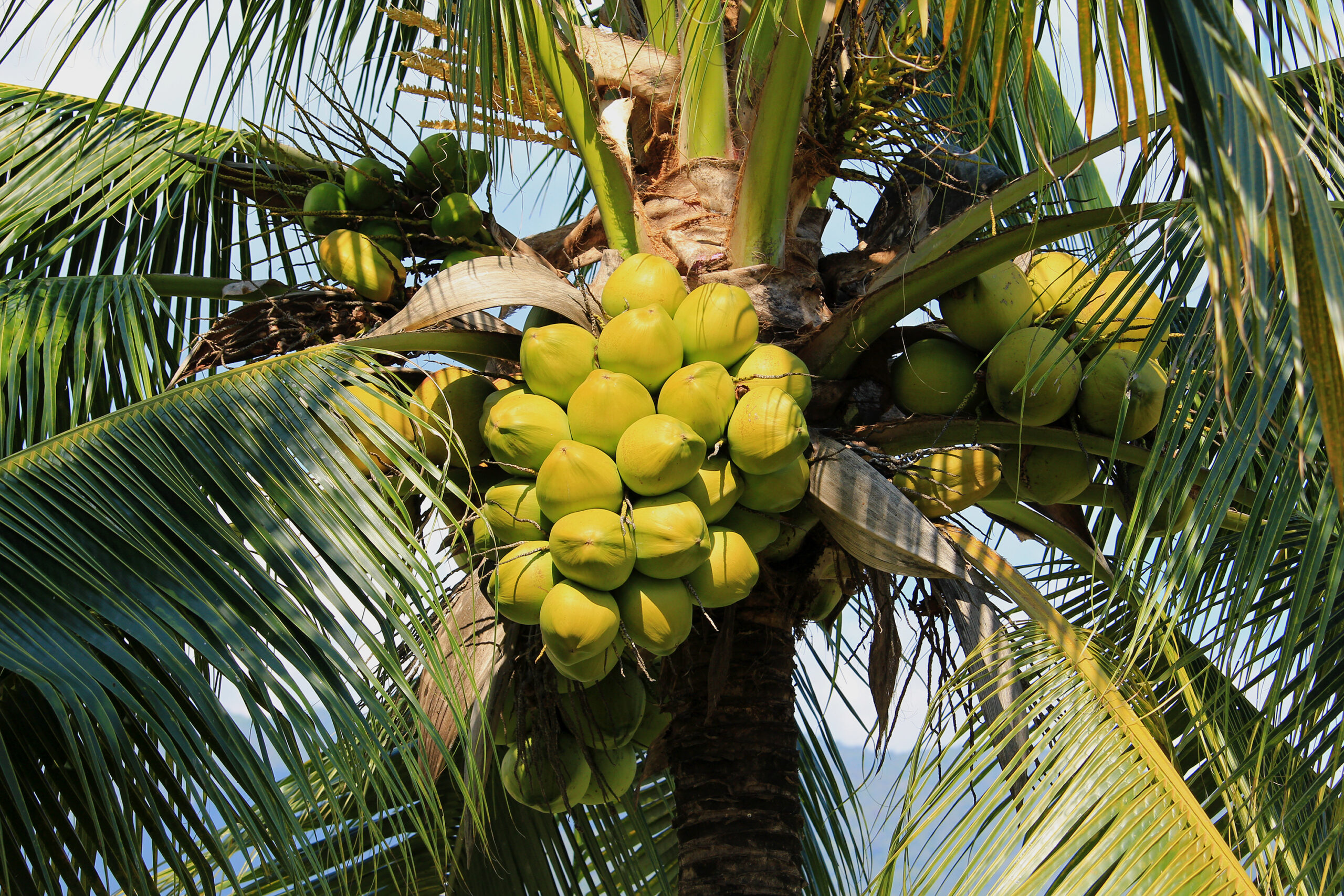Introduction
Vietnam is a country known for its rich agriculture, with coconuts being one of its key products. Exciting news is on the horizon: Vietnamese coconuts are about to gain market access to China, opening new opportunities for both countries. This change could bring a significant boost to Vietnam’s coconut industry. Which has long been a cornerstone of the country’s agricultural landscape. With China being a major consumer market, this development could lead to increased trade and stronger economic ties between the two nations.
In this article, we’ll explore what this market access means for Vietnam’s coconut industry. We’ll look at the potential benefits, such as increased exports and economic growth. As well as any challenges that might come along. We’ll also consider how this step could affect farmers, businesses, and consumers in both countries.
By the end of this article, you’ll have a clear understanding of the potential impact of this market access on the Vietnamese coconut industry. And what it could mean for future trade relations. Stay with us as we unpack this exciting development.
Are you interested in learning more about the Vietnamese coconut industry and its journey toward market access in China? Dive in and explore the possibilities with Fruits Auction BV.
Vietnamese Coconuts
The origin of Vietnamese coconuts can be traced back to the lush tropical regions of southern Vietnam, where the climate and soil are ideal for coconut cultivation. This area has a long history of growing a variety of fruits, with coconuts playing a significant role in local agriculture and livelihoods. In provinces like Ben Tre, Tra Vinh, and Vinh Long, coconut trees stretch across vast landscapes, providing a steady source of income for farmers and supporting the local economy.
Vietnam has cultivated coconuts for centuries, with traditional practices handed down through generations. These coconuts have not only sustained local communities but have also been used in a variety of traditional foods and beverages, contributing to Vietnam’s rich culinary heritage.
In recent years, as Vietnam-China Trade has expanded, there has been growing interest in exporting Vietnamese coconuts to China. With their versatile uses and high nutritional value, coconuts have become an attractive product for international markets. As Vietnam and China work to strengthen their trade relationship, gaining market access for Vietnamese coconuts in China represents a significant step forward, potentially opening new avenues for trade and economic growth for both countries.
Vietnamese Coconuts Trade
The Vietnamese coconut trade has become an increasingly important sector within the country’s agricultural landscape. Vietnam is known for its high-quality coconuts, which are used in a variety of products, from coconut water and milk to coconut oil and desiccated coconut. In provinces like Ben Tre and Tra Vinh, coconut farming is a way of life for many families, with generations of farmers cultivating this versatile crop.
In recent years, the demand for coconuts and coconut-based products has surged. Driven by global trends toward healthier and more natural products. As a result, Vietnam’s coconut industry has been expanding its reach into new markets. Aiming to capitalize on this growing demand.
The big news on the horizon is the potential for China market access. Which could significantly boost the Vietnamese coconut trade. China is a massive consumer market with a growing appetite for high-quality agricultural products. If Vietnamese coconuts gain access to this market, it could lead to increased export opportunities, driving economic growth and creating new jobs in Vietnam’s coconut industry.
As Vietnam continues to explore new trade avenues, gaining access to China represents a crucial step in strengthening the country’s position in the global coconut trade. The impact of this development could be substantial, benefiting farmers, businesses, and the broader economy.
Conclusion
In conclusion, the imminent opening of China market access for Vietnamese coconuts marks a significant milestone in the country’s agricultural and trade sectors. This development has the potential to transform Vietnam’s coconut industry by offering new opportunities for export, economic growth, and job creation. The increase in demand from China, a massive consumer market, can catalyze expansion, innovation, and investment within the coconut trade.
For the farmers and businesses in Vietnam’s key coconut-growing regions, this breakthrough could mean greater stability and prosperity. It could encourage the adoption of more sustainable practices, boost production, and even foster diversification into different coconut-based products. Additionally, closer trade ties with China could open the door to broader economic collaboration between the two nations. Paving the way for other Vietnamese agricultural products to enter the Chinese market.
However, with these opportunities come challenges. Meeting the standards and regulations required for China market access will be critical. The Vietnamese coconut industry must work diligently to ensure quality, safety, and compliance. As we look ahead, the focus should be on sustainable growth. That benefits both Vietnam and China while maintaining the high-quality products that consumers have come to expect.
Overall, the future looks promising for the Vietnamese coconut trade. With China market access offering a path to a brighter, more prosperous tomorrow. If you’d like to learn more about the latest developments in the Vietnam-China trade relationship. And the impact on local industries, stay tuned for further updates.
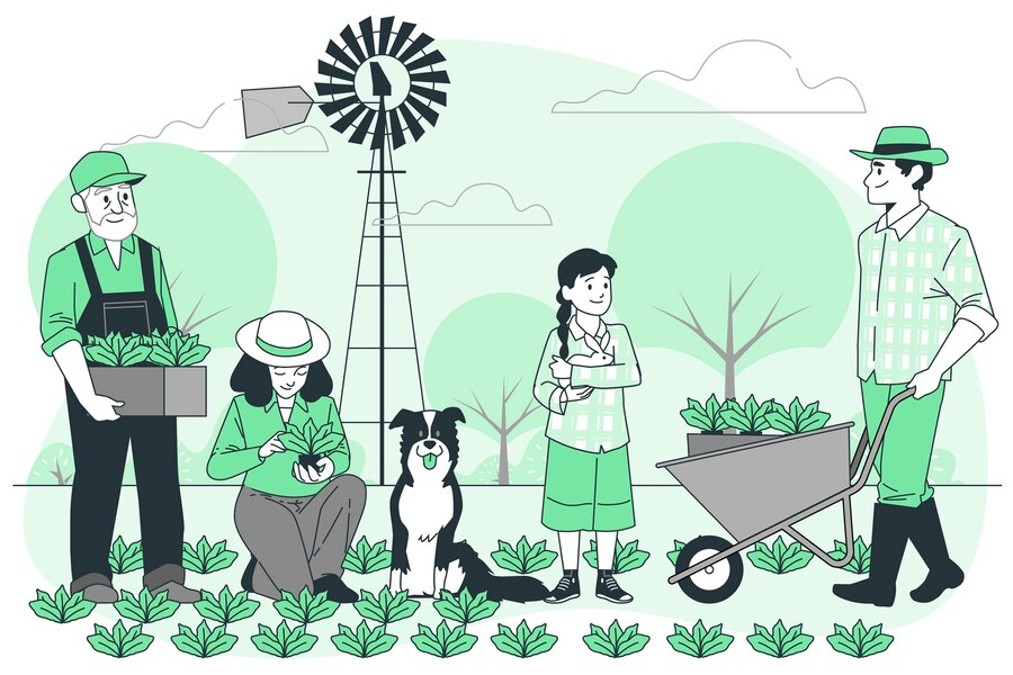

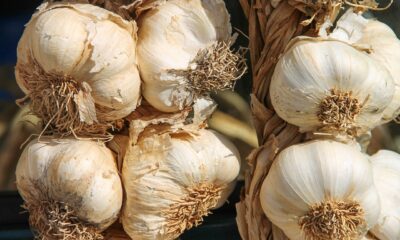

 Environmental Sustainability1 year ago
Environmental Sustainability1 year ago
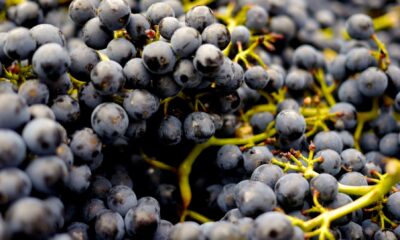

 Agriculture, Transportation & Logistics7 months ago
Agriculture, Transportation & Logistics7 months ago


 Agriculture, Transportation & Logistics1 year ago
Agriculture, Transportation & Logistics1 year ago
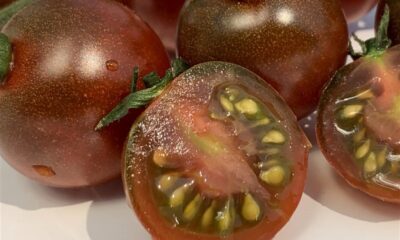

 Food Safety & Quality Control1 year ago
Food Safety & Quality Control1 year ago
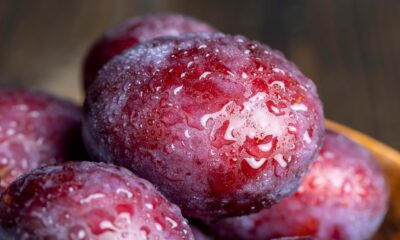

 Food Safety & Quality Control7 months ago
Food Safety & Quality Control7 months ago


 Food Safety & Quality Control1 year ago
Food Safety & Quality Control1 year ago
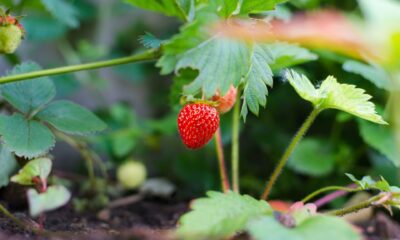

 Agriculture, Transportation & Logistics11 months ago
Agriculture, Transportation & Logistics11 months ago


 International Trade & Commerce1 year ago
International Trade & Commerce1 year ago


